ABOUT US
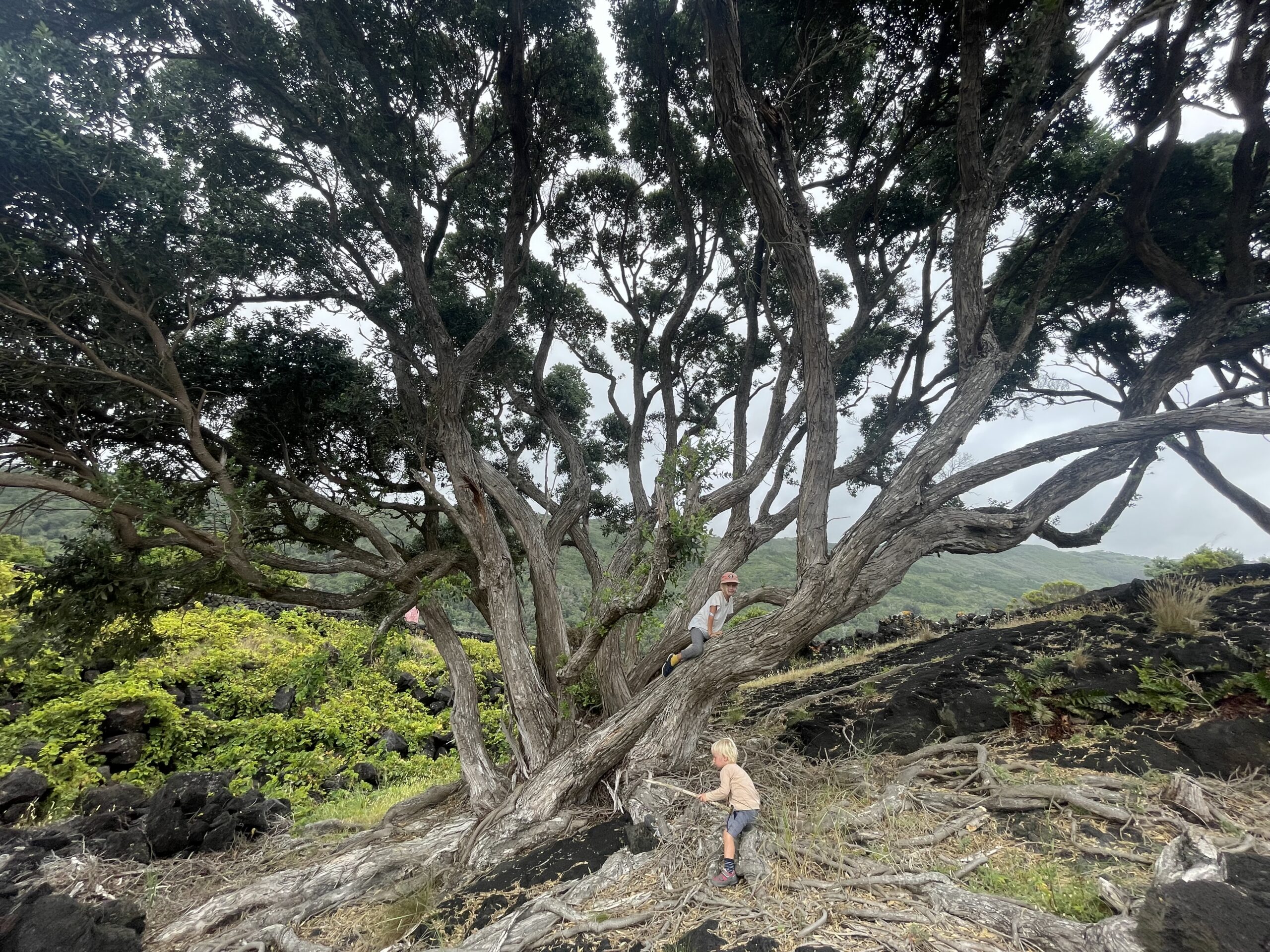 photo © Sea-Water Amplification (SWA) Atlantic Ocean Azores 2024
photo © Sea-Water Amplification (SWA) Atlantic Ocean Azores 2024
𝕋𝕙𝕖 𝔼𝕥𝕙𝕚𝕔𝕤 𝕠𝕗 ℝ𝕖𝕔𝕚𝕡𝕣𝕠𝕔𝕚𝕥𝕪: 𝕀𝕞𝕞𝕖𝕣𝕤𝕖 𝕚𝕟𝕥𝕠 𝕥𝕙𝕖 𝕣𝕖𝕒𝕝𝕚𝕥𝕪 𝕠𝕗 𝕥𝕙𝕖 𝕧𝕠𝕪𝕒𝕘𝕖 𝕚𝕥𝕤𝕖𝕝𝕗
Stories about the ocean can help us to understand the world, our place in it, and can stimulate curiosity and wonder that have the power to create new ones – unexpected connections, new ideas, new ways and approaches to thinking about the ocean and our relationship to it and other marine aquatic environments.
We would like to share our story with you and give you an insight into the ocean, ocean travel, perception and listening to the ocean landscape. Perhaps this insight can also be useful for those of you who are just deciding to go somewhere or immerse yourself in the ocean environment in some other way.
Who we are
We are a family of four living in the middle of the Atlantic Ocean on the island of Pico in the Azores archipelago. We have two sons. The elder is called Vava and is currently 7 years old and the younger Elza is 3 years old. Jindriska is a dancer, choreographer and yoga instructor. My name is Ales. I am an artist and transdisciplinary researcher and captain of Risho Maru.
Together we create the family educational and research environment Sea-Water Amplification (SWA), which focuses on research of situated knowledge in the Atlantic Ocean area, development of multisensory methods of cognition and outdoor pedagogy in relation to the seascape epistemology.
Our older son is on a home-schooling program. As part of the Sea-Water Amplificaton (SWA), we also established the Oceanic School, which is governed by its own curriculum. At the Oceanic School, we understand the natural environment as full of kinship and not resources. An environment where inalienable rights are balanced by inalienable responsibilities and where wealth is measured not by ownership and control of resources, but by the number of good relationships we maintain with each other in the complex and diverse life systems of this blue-green planet.
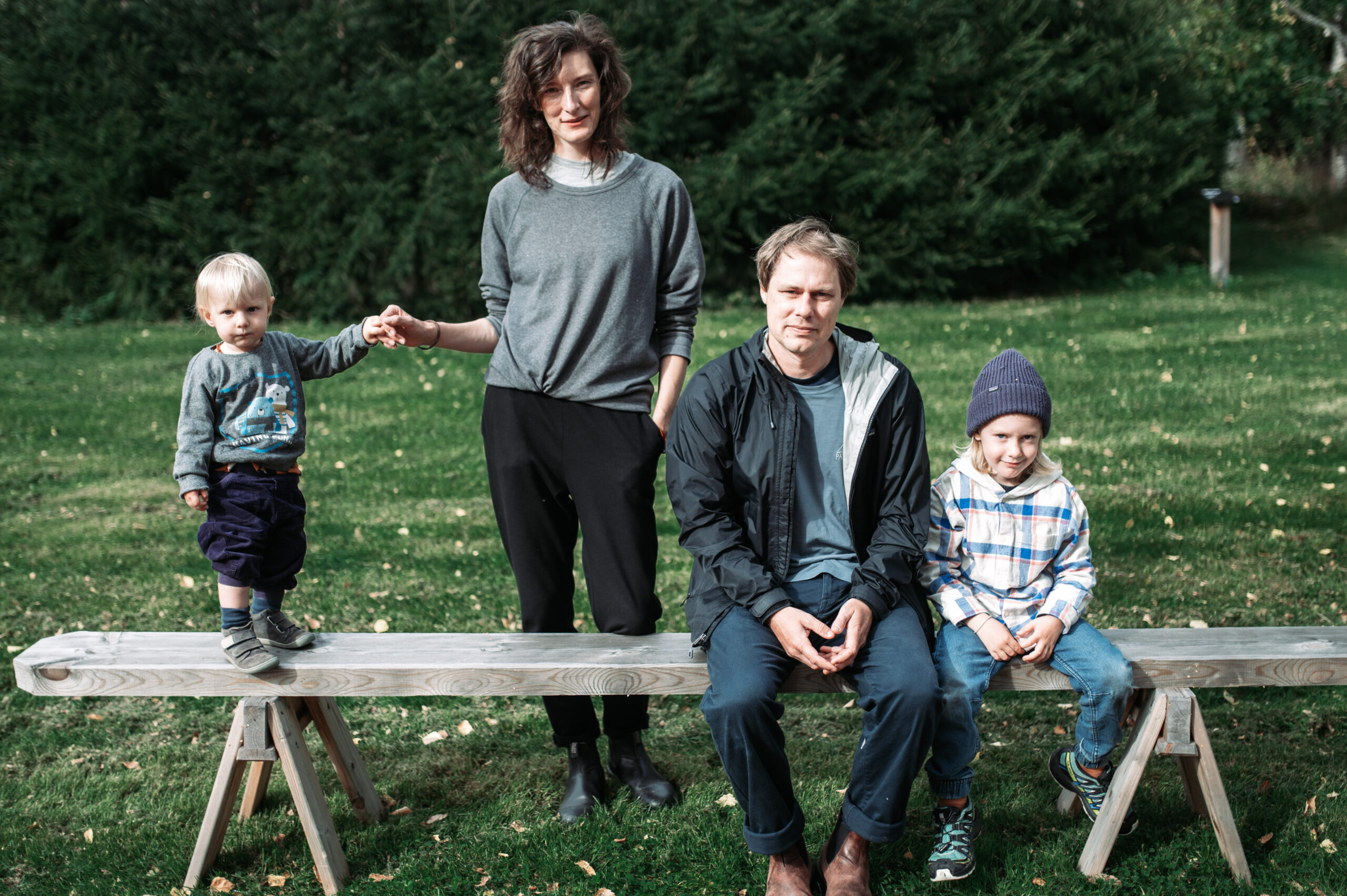 Photo © Jussi Virkkumaa Finlad 2023
Photo © Jussi Virkkumaa Finlad 2023
Travel requires us to become explorers of our world. To try to discover what is not visible and to let it shine throught. To immerse ourselves in the reality of the journey itself. To become an explorer of the world is to sail beyond the compass of our existing knowledge and navigate uncharted waters within ourselves and in the world.
Our vision
Through this narrative we would like to get to know you. And you, on the other hand, can at least partly get to know us and how we perceive, relate and approach the complexity of the ocean landscape and how this attitude can be applied not only to our own ocean travel, but also to our everyday life. We often say:
To fully participate in the world.
We should let things develop fully and make further adjustments along the way. That means immersing ourselves in the flow of the emerging world, which is not alienated by any experience. All the senses are open and part of the movement. They are not separated from it in any way. So, from our point of view, the voyage has many other layers.
Immerse yourself in the reality of the journey itself.
In its sounds, brightness, emotions, smells, waving – it is a very whole and embodied connection to the world.
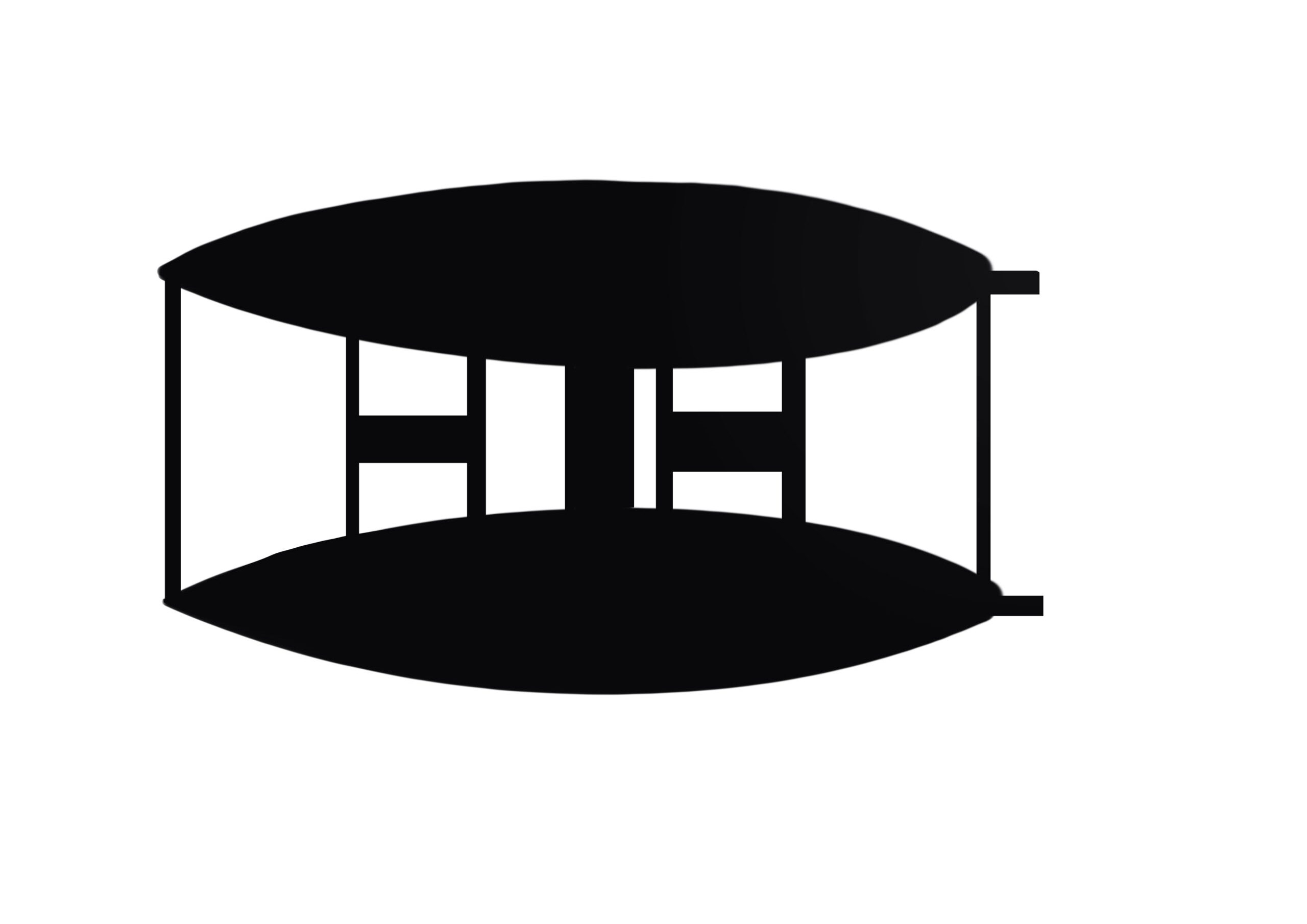 drawing © Sea-Water Amplification (SWA) 2025
drawing © Sea-Water Amplification (SWA) 2025
According to the native tradition, the values are set on a level with the two hulls of a canoe or a catamaran. So they are the bearers of the values of the everyday world of practical activity. And the body is the tool. If possible, it is always a good idea to involve the entire crew in the management of the ship, because collective understanding helps everyone on the ship to know how things work.
The voyage takes place with all the senses. In traditional navigation, this means that if you’re sailing in a vast ocean, you know where you are, you know where you’ve come from and you also know where you’re going.
You just have to pull the islands together.
The way the ocean moves can tell us what kind of weather is coming and also which way the earth is. Clouds allow us to see into the future. They can tell us what kind of weather is coming and also if the wind is going to pick up. These are invaluable experiences that can be used anywhere.
We travel from one island to another, that’s what we do and Risho Maru is our island, our island is Risho Maru.

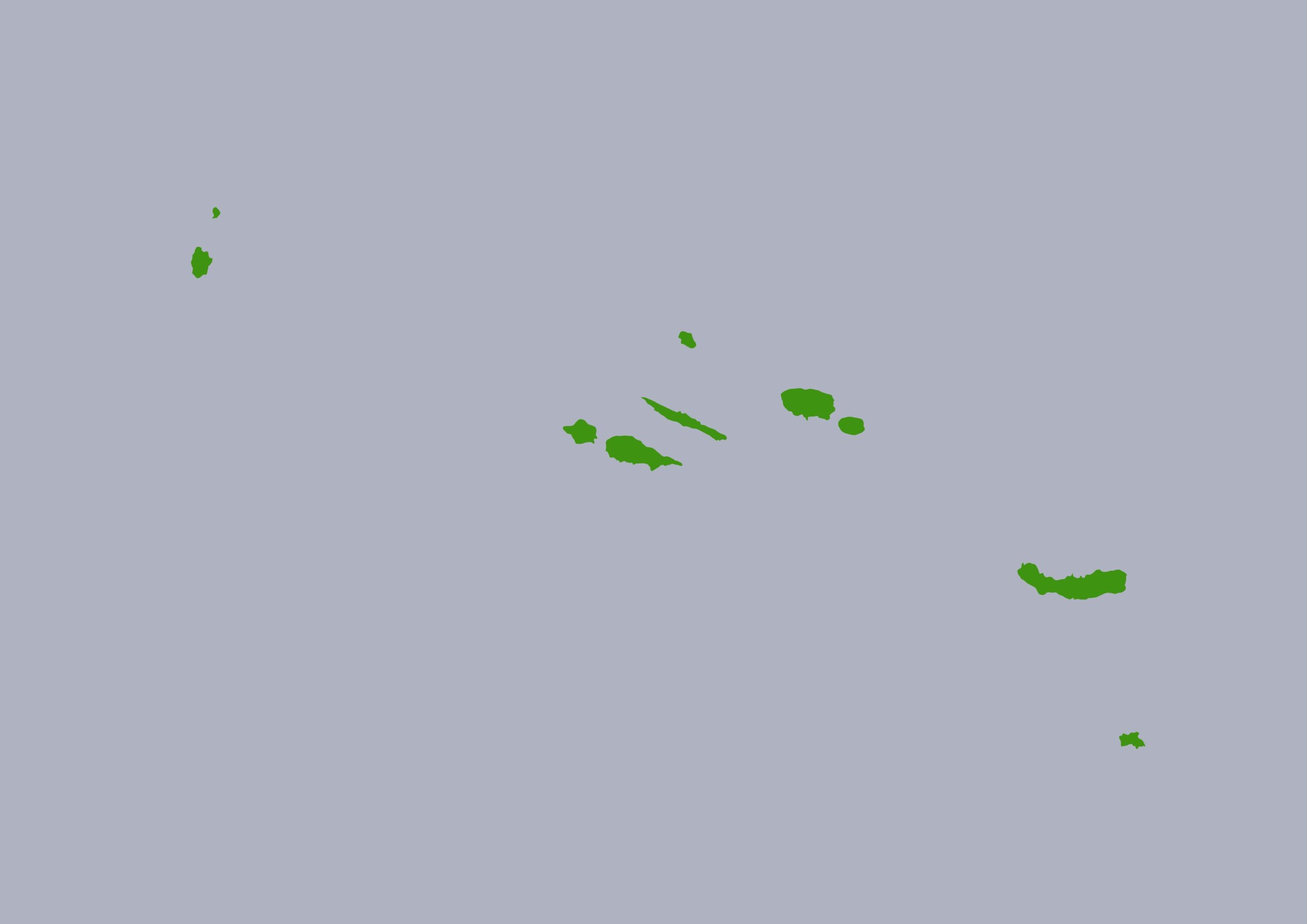 photo and drawing © Sea-Water Amplification (SWA) Azores archipelago 2024- 2025
photo and drawing © Sea-Water Amplification (SWA) Azores archipelago 2024- 2025
There should be a sense of humility on board towards the oceanic landscape and it’s good to cultivate and find normality in the crew. So a sense of belonging is paramount. People are often a reflection of each other. So in serving others, a person is in service to his own self and helps fulfill a common goal. A person is always connected to many other and more-than-human relationships.
The relationship belonging runs deep into a sense of kinship with all living and more-than-human life. Personal well-being is always closely related to the well-being of others and also to the environment.
We breathe the same air as plants, as animals, and depend on the same kinds of invisible elements as plants and animals. That is why we share a life of co-creation in an interconnected network of relationships that we need to learn to understand, respect, and listen to in order to maintain the right relationships between the individual parts.
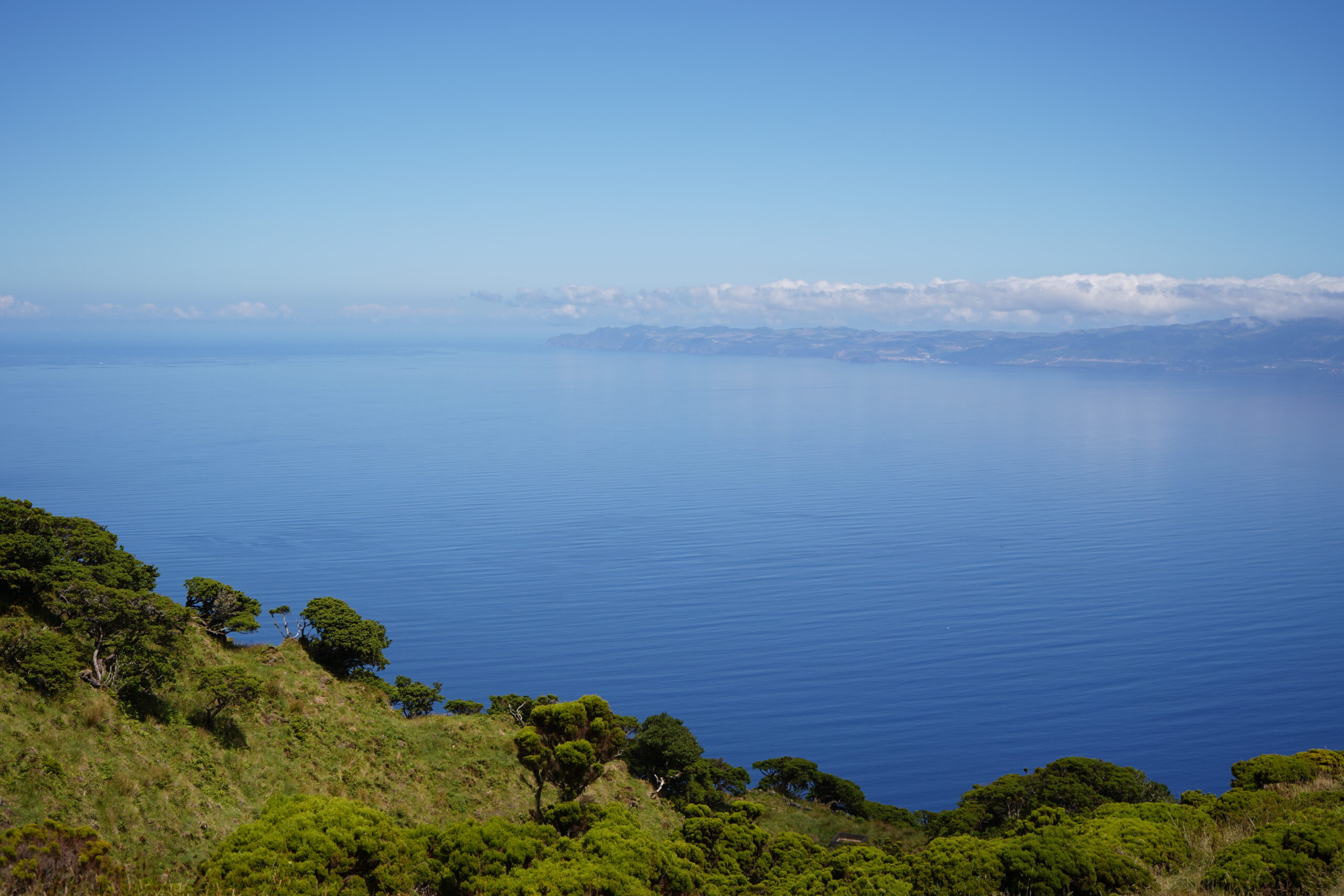
 photo © Sea-Water Amplification (SWA) Atlantic Ocean Azores 2024
photo © Sea-Water Amplification (SWA) Atlantic Ocean Azores 2024
The ethics of reciprocity are the basis of everything that takes place on the Risho Maru. If we have done everything in our power before sailing to make sure that we have taken care of our ship while it is resting – done proper maintenance and provided everything that is needed, then when we are on the ocean, the Risho Maru will take care of us.
According to the Polynesian voyaging traditions, the canoe represents the origin and possibility, the heritage, the story and the poetics, a powerful metaphor for the planet Earth, reminding us that we are an island of limited resources floating in the ocean of space.
If we take this into account, the vessel itself can never be a mere inanimate arrangement of different types of material. That’s why we also say that if you look at the Risho Maru you should see a living entity.
I think that’s a big difference from, say, mass-produced fiberglass and Kevlar ships. Every thought and word contributes to the life force of the vessel. So if we’re doing everything right, then there’s no reason to doubt, because everything fits together.
So voyaging is a process of attention and observance at all levels.
To understand a vessel as a form of being with its own life force requires us to understand the life force of the vessel as an extension of our own strength or abilities. The vessel is full of everything we did and how we did it. It is not separate from us.
Listen to what the ship is telling you and have a conversation with it.
It may sound strange, but it’s very practical. It’s good to listen to all the creaks, sounds and strains. When the ship creaks, it’s like it’s talking to you. The vibrations that the feet feel when they’re standing on the deck are often extremely subtle, but it’s also communication. These and many other sensations speak in the embodied language. It’s similar to when you’re talking to your friend.
Survival depends on this ready ability to listen, feel and react.
In our family educational, research and artistic practice, we focus on the development of multi-sensory methods of cognition, interspecies communication and outdoor pedagogy in relation to marine landscape epistemology. The seascape epistemology is not only a critical knowledge of the ocean or other marine-aquatic environments, but also encompasses a multitude of events and ideas that are arranged as they move and interact, emphasizing the recognition of our own perspective, mode of perception and place in the dynamic, constantly moving interface of the ocean.
We perceive and explore these multiple ocean transformations on many levels and in many different ways and means (ocean literacy, wild swimming, paddling, freediving, sailing, walking, workshops, narration, writing, etc.), each of which mobilizes specific knowledge and refers to different conceptual frameworks, different ideas, tools and means.
We examine how diverse the representational practices that make up the world are and try to deepen them further.
We receive information from our surroundings.
From the way the wind flows into our sails, from the information supplied by other crew members, from what they see and, above all, from the vibrations that resonate across the entire surface of the vessel. We need to take note of the seemingly imperceptible signs.
Risho Maru is our life, and when we adapt, our life changes for the better.
It’s a collective responsibility.
In this spirit, people should be willing to have real conversations. To receive and provide feedback and help each other.
According to the Polynesian voyaging tradition, transverse girders connect values and practices with the journey itself. It creates a strong, interconnected base. Our permanent place.
We create a real solid place on our journey.
To conclude this narrative, we present you with six points that we try to be aware of when we’re in the ocean. We’ve also plotted these six points in this picture. It comes out of the vessel and comes back to it. These points help to navigate the ever-changing and dynamic environment of the ocean.
 drawing © Sea-Water Amplification (SWA) 2025
drawing © Sea-Water Amplification (SWA) 2025
- 1. Reading the signs: It involves the direct perception of reality. Recognizing what is really happening. This point discusses the importance of engagement, openness and awareness of the world around us.
- Different areas have their own system of signs/signs. Part of that is making the right decisions. Everything revolves around the responsibility for the welfare of the crew and the ship. What we think about creates how we perceive the world and interpret the data we receive. It’s a process of connecting and seeing relationships to the whole. Not just fragments of data.
- Perception is gained by opening yourself up to the natural world with your whole body.
- During the voyage, you have time to absorb the information around you and process it. So what variations we see in the ocean environment becomes part of that knowledge, too.
- Don’t think, just look.
- 2. Moving from stillness: It refers to how we approach our tasks, activities and challenges. It contains a great deal of awareness, attention and listening. Settling in to a feeling.
- On board, it is essential that everyone acts from stillness, not from a rash reaction, agitation, distraction or fixation.
- Items 1 and 2 improve perception; when we act in this way, we can see sharper and penetrate much deeper and realise what we have not noticed before. Not stiff, but rather relaxed.
- Everyone on board should cultivate these qualities within themselves.
- 3. Active listening: Expands the theme of thought coherence and emphasizes the importance of attuned to the subtle shifts and differences of the dynamic interface of the ocean. There is a need to constantly review what you see and feel.
- These embodied practices serve to deepen our attention by directly engaging in active listening and intuitive embodied modes of cognition, both on an individual and collective basis.
- We focus on the process, not the goal.
- 4. Adapting to change: It discusses our own / personal organization of the relationship to change. For many of us, if we don’t know our position, we assume we’re lost. There’s a pervasive sense that we need to know where we are all the time. But when we read the signs, we become more adaptable to change, we see more possibilities than was obvious at the beginning. But travel shows us that there is a way of life with change, uncertainty, the unknown that can be rejuvenating and not exhausting. The traveler thus enters directly into the eye of change. Travel thus focuses on the journey itself in a world of change and movement.
- 5. Learning by doing / Making practices: It emphasizes the importance of embodied knowledge and engagement, gaining experience and mutual learning. In this case, ocean travel may not be affected by the voyage itself, but it should also have an impact on the ocean itself and ecology.
- It is important to remember how our experience of the ocean environment transcends our own selves. We are always in relation to the place we are immersed in. The emphasis is on learning by doing and then continually testing and refining that knowledge.
- The captain continually helps the crew learn by asking them to consider and think through the possibilities. What would happen if we tried this?
- 6. In awe and respect: Last but not least, it’s about the courage to take action. Invoking inner strength during challenging times.
- One of the hardest things is having a crew you didn’t choose. Until the last moment, you think you have capable people around you until they’re tested. The crew can get seasick. They can be soaked to the bone, full of worry, etc. It’s important to work with human nature. People often try to bend everything to their will. But if we step back and really focus on interacting with the wider whole, then everything works better.
- The captain should be gritty vigilance and powers of endurance. In vigilance, you can see something coming, but it shouldn’t be there: a ship, a container, a wave coming from the side that appears out of nowhere. An earthquake that sends an ocean surge. At night, though, sometimes these things can’t be seen until they’re above us. If, during the voyage, you believe in your vessel, as in your world, you will protect it with all vigilance.
- Getting to these remote and inaccessible places brings a sense of great success and joy. Calling for adventure without exception means being constantly confronted with phenomena that can be both frightening and full of glamour. Studies show that people who feel awe tend to be collectively oriented, seeing themselves as part of something bigger. It brings them closer to their authentic meaning of life.
- Instead of rushing, we move purposefully and clearly. The experience of awe brings us to the present and our perception of time changes.
- RISHO MARU is closely associated with the educational and research environment Sea-Water Amplification (SWA)
